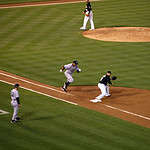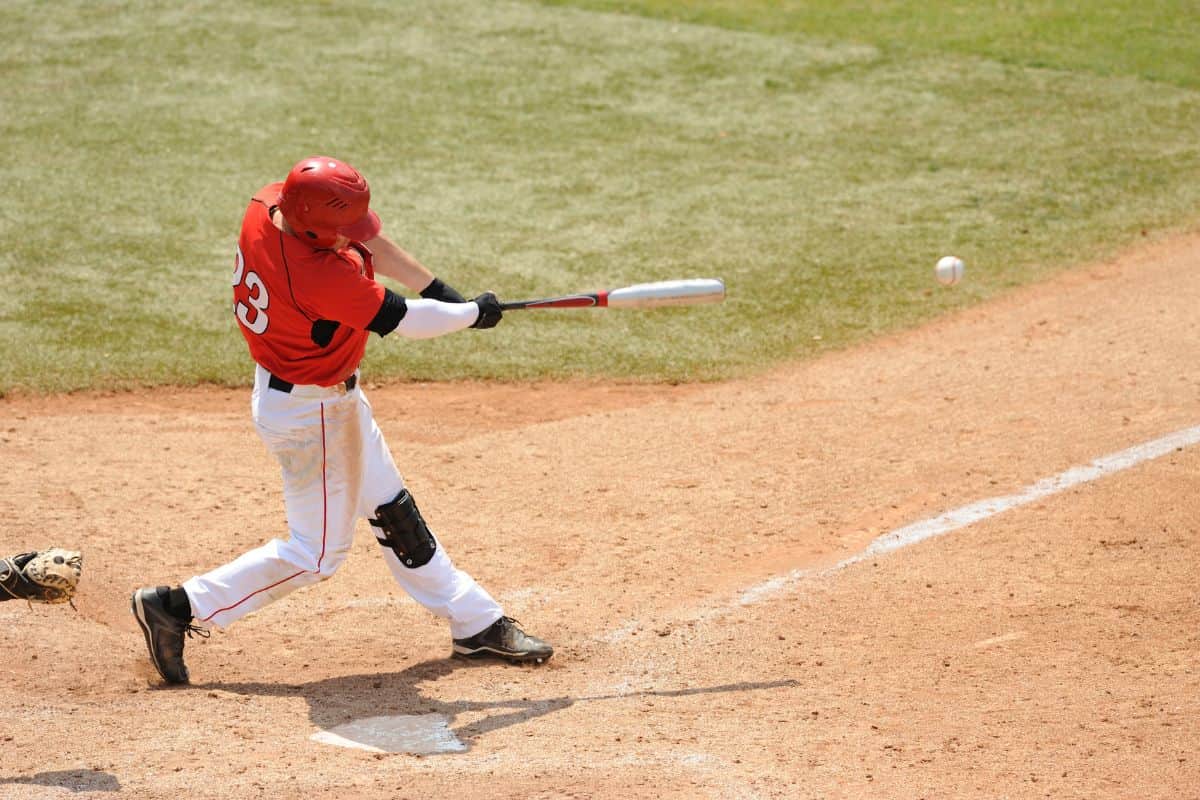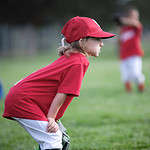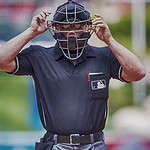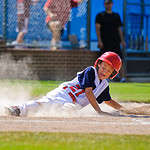In baseball, two runners cannot occupy the same base. When there is a runner on first base and the batter gets a base hit, the runner at first must run to second base. If the defense throws the ball to a teammate standing on second base, the out is called a “force out” because the runner was forced to run. Any time a runner is forced to run, the defender only needs to tag the base while holding the ball rather than tag the person.
A force out can occur at any base when a batter gets a hit and forces all runners to advance to the base ahead of them. Now, let’s look at this play in more detail, as it is a pretty common event in the game.

What Are The Most Common Force Out Plays In Baseball?
Some of the most common force-out plays occur on hits that are singles, doubles, and triple plays. The defense will use force to make baserunners move and create an opportunity to tag them or touch the open base.
Let’s examine the single, double, and triple play force-out scenarios in more detail.
The Single-Out Force Out
Firstly, let’s look at a scenario where there are runners on second base (2B) and third base (3B), and the batter hits the pitch to the shortstop. Because the runners on 2B and 3B don’t have to advance, he would throw the ball to the first baseman and get the batter out.
The only force out here is to first base as the batter with the hit has to run, while the other two have the option to run for third and home, respectively, but they are not forced to do so. If the batter successfully reaches first base, the incoming batter would force all runners to move if he gets a hit.
Let’s assume there are two outs in another scenario, with a runner at first base (1B). The batter gets a hit to the second baseman, who can either throw to second base and get the runner from 1B out or throw the ball to first base and get the batter out.
In this case, the runner on 1B is forced to run for 2B, while the batter is forced to run for 1B.
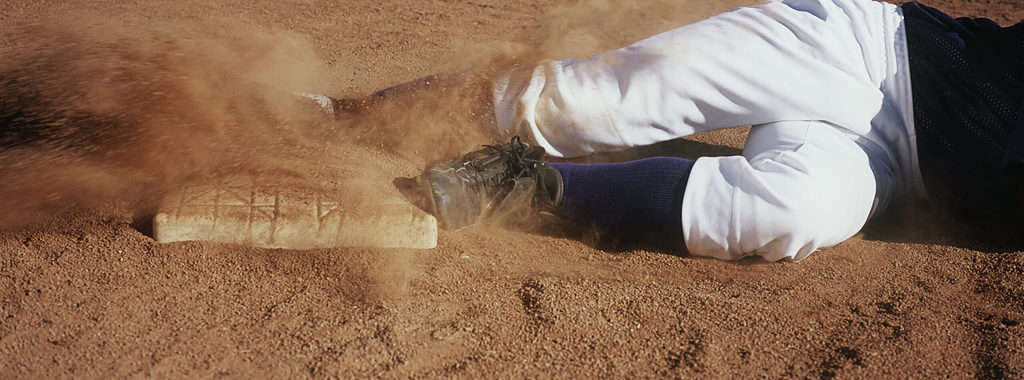
The Double-Play Force Out
In a similar scenario to the single-out above, the lone runner at 1B is forced to run for 2B, and the batter is forced to run for 1B. If the ball is played to the first baseman, he can throw to 2B, get the runner from 1B out, and then have the ball thrown to 1B to take out the batter.
Where you have runners on both 1B and 2B, and the batter bunts the ball to the catcher, the catcher can throw to 2B, tagging the runner from 1B and then have the ball thrown to 1B to tag the batter.
The Triple-Play Force Out
As you can see from the single-out and double-play force outs, the number of outs is relative to the number of baserunners, and where you have a runner on each base and a player at bat, triple plays can be achieved.
With the bases loaded, the batter makes a hit back to the pitcher, who throws to 3B to force the runner from 2B out; the ball is then thrown to 2B, takes out the runner advancing from 1B, and then the ball is thrown to 1B to get the batter out.
In another scenario, there are runners on 1B and 2B, and the batter hits to the third baseman. He touches the unoccupied base to get the advancing runner from 2B out, then throws to 2B, which gets the runner from 1B out, and finally, the ball is thrown to 1B to get the advancing batter out.
You should also note that a force out can be made at the home base. Where the bases are loaded, and the batter makes a hit and advances to first base, this action forces all the baserunners to advance, and the ball is thrown to home will get the runner advancing from the third base out and potentially get the 3B and 2B runners out as well.
Which Base Is Automatically A Force Out?
First base is always a force as the baserunner HAS to run to second if the batter makes a hit. Depending on how the bases are loaded, second and third bases are not always a force-out, as per the examples above.
Because the batter must run after making a legal hit, he will be forced out wherever there is a runner on first base.
The Fly-Ball Out Removes The ‘Force’
If a batter is caught out on a fly ball, the force is removed from the play as the runners are then not required to advance as the batter cannot make first base.
Another example of the force being removed from the play is when the batter hits a solid ground ball to the first baseman, who touches the first base to remove the batter. Still, the baserunner at first base does not have to move and is therefore not forced out.
Can You Score On Force-Outs?
If the force-out is not the innings-ending third out, runners can score on a force. Where the force is the third out, and even if the runner crosses home base, no runs are scored.
Remember that force outs can also end in tags and not only where the base is touched before the runner reaches it.
Another point here is that force-outs don’t count as hits either, and the rules stipulate that the scorer may not credit a base hit if the result is a force.
Conclusion
The force-out is a very common play, and while you may not have recognized it or attributed outs to this play, you have seen them happen in virtually every game you have watched. Understanding the force out is an essential part of the game and will add that extra insight and appreciation of the sport.
- Fenway Park Seating Chart: Best Seats To See the Red Sox - July 17, 2023
- What is RBI in Baseball: A Simple Explanation of The “Ribby” - July 3, 2023
- What is DFA in Baseball? A Term No Player Wants to Hear - July 3, 2023

